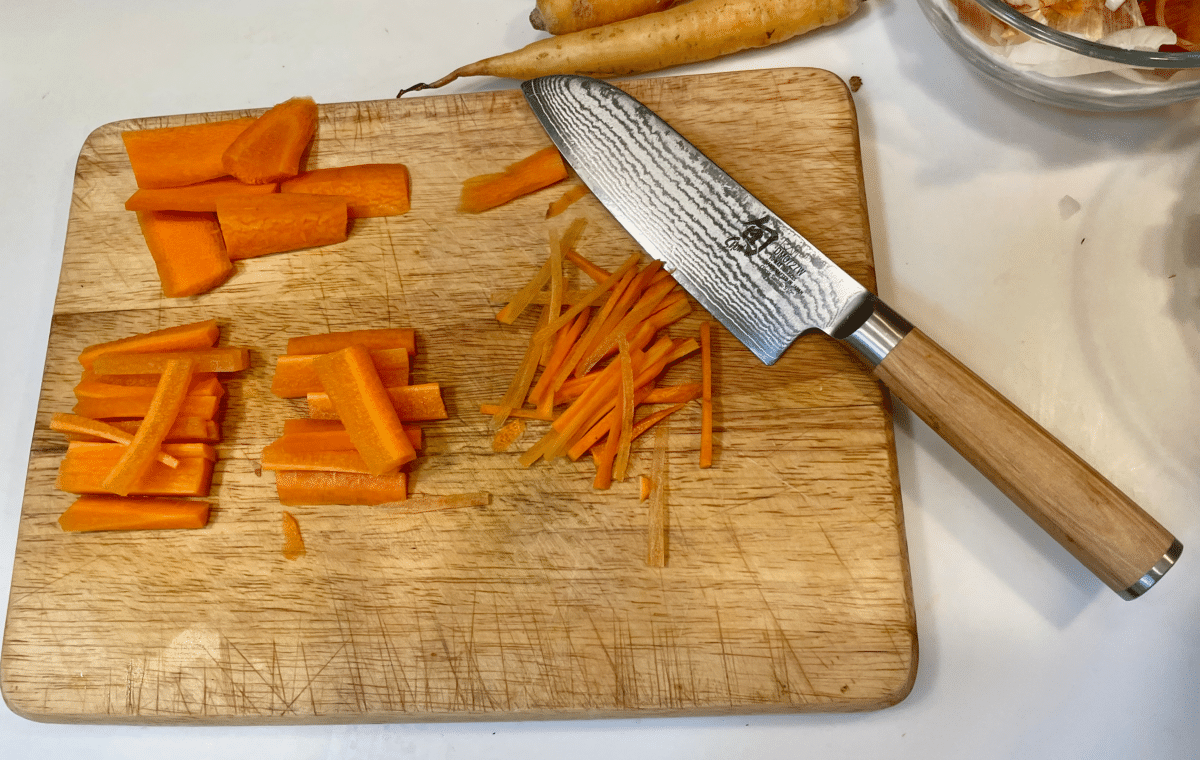When chefs prepare meals, the way they cut ingredients can make a significant difference in both the presentation and flavor of a dish.
One common technique is chiffonade, typically used for leafy vegetables and herbs like basil or spinach. This method involves stacking the leaves, rolling them tightly, and then slicing them into thin, ribbon-like strips. This looks visually appealing and also allows the herbs to distribute more evenly throughout a dish.
The julienne cut, another popular method, creates matchstick-sized pieces of vegetables like carrots, celery, or bell peppers. This cut is thinner and precise. It enhances the quick cooking and crisp texture of items in salads and stir-fries. A batonnet cut is a thicker variant of julienne, typically about a quarter-inch thick, which is excellent for recipes requiring a heartier, more substantial texture, such as in vegetable stir-fries or for prepping vegetables for French fries.
Dicing involves cutting ingredients into square pieces, which can be fine, medium, or large based on the recipe’s needs. This cut is essential for dishes like salsas or stews, where uniformity in size helps ensure even cooking.
Chopping is a less precise method than dicing or julienning, involving cutting ingredients into pieces that are roughly the same size but not uniform. This approach is useful in recipes where the exact size and shape of the cut pieces are less critical, such as in making stocks or mirepoix, where the ingredients are primarily used to infuse flavor into the dish.
About the author
Editorial Staff
Contributor

